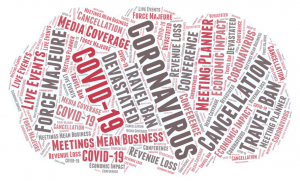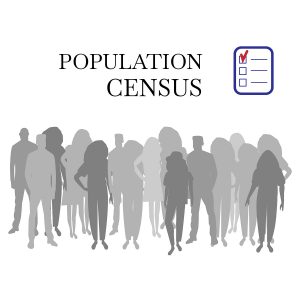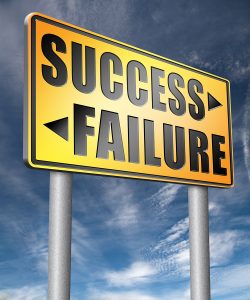 From time to time GovEvents will come across information we feel our members and audience would benefit from. Here's something we wanted to share:
From time to time GovEvents will come across information we feel our members and audience would benefit from. Here's something we wanted to share:
Many people wonder why meeting planners are consistently rated in the top 5 most stressful jobs lists. It can definitely be argued that first responders, doctors, military personnel, nurses, etc. all have more difficult jobs, and as a planner myself, I wouldn't disagree with you. It is a stressful job for sure, but we are very aware that we are not in the business of saving lives. While planners are not likely to be putting out literal fires, they certainly have their own fires to put out throughout the entire planning process and onsite. Planners are meticulous and focused on the details. As the primary point of contact for countless vendors, they must be prepared to handle or delegate any situation that arises. The event may be a once-in-a-lifetime program or a primary revenue source for the organization, adding to the pressure to make everything perfect. It takes a great deal of organization, multi-tasking, time management, budget oversight, staff wrangling, vendor connections, and communication to pull off an event. All these tasks often occurring within a 30-minute period.
Consider for a moment the following scenario -
You are three weeks out from your annual conference. You've spent a year working on every detail. Selecting design elements to perfectly complement the event location, coordinating the faculty and the agenda, and overall event aesthetic. You've negotiated and established relationships with countless vendors and contractors. Made at least 3 trips to the venue to ensure the layout and flow would be perfect for your event to make the experience easy on attendees and keep them wanting to come back next year for more. Sure, the normal stressors pop up along the way - the venue notifies you that they double booked one of your primary breakout conference spaces, so you'll have to move to a different room. Never mind that your signs and program have already been designed, so you'll have to make changes on those items. This is all par for the course and what makes planning exciting. Being ready for the unexpected, creative and critical thinking when the inevitable problems occur. We power through and come out triumphant.








